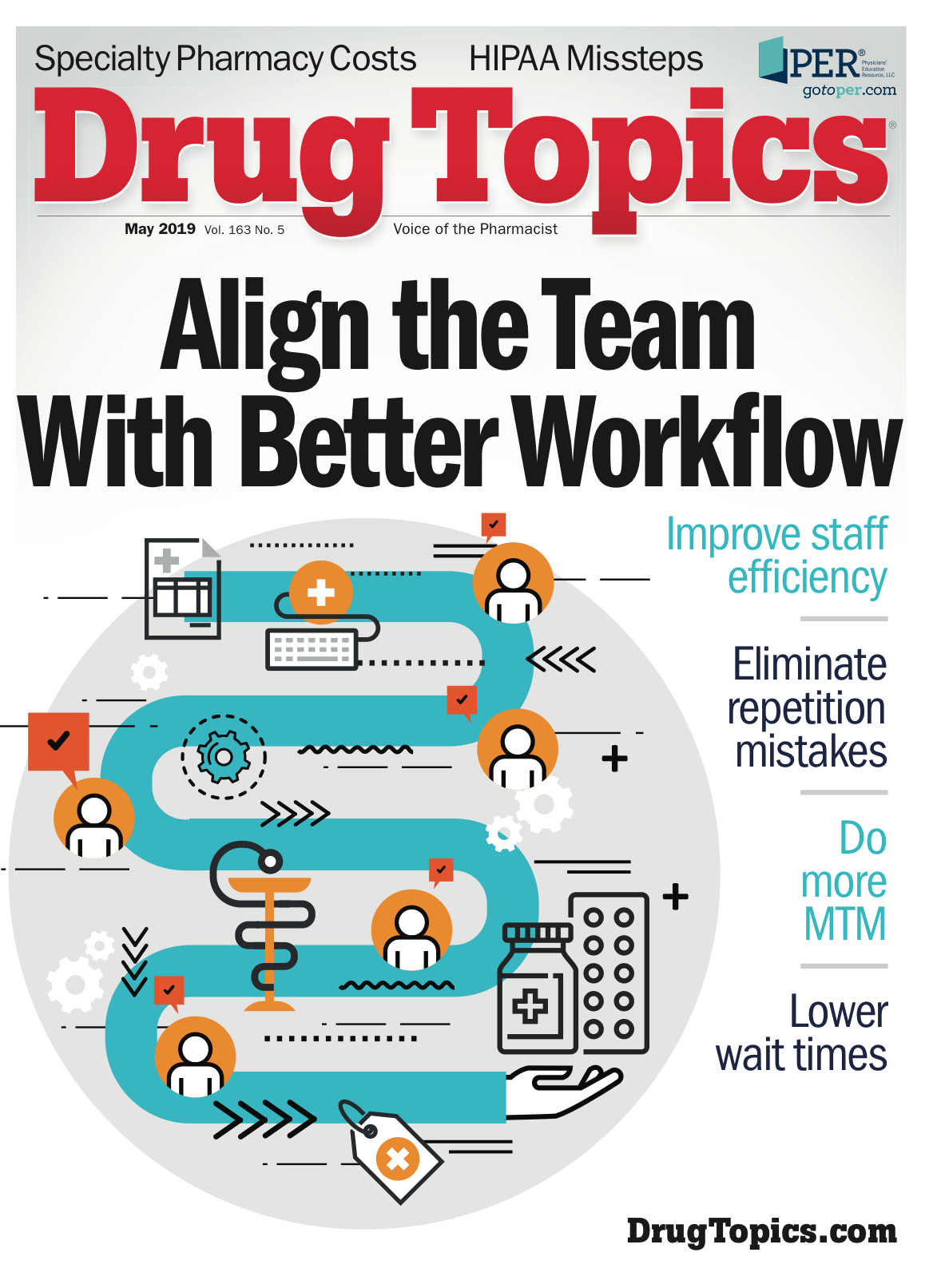Three Red Flags in Pharmacy Cash Flow
With tight margins, DIR fees, generic effective rate fees, and the delay in receiving third-party reimbursements, it’s easy to find yourself faced with cash flow pressures.

Cash is king, especially in a pharmacy. With tight margins, DIR fees, generic effective rate fees, and the delay in receiving third-party reimbursements, it’s easy to find yourself faced with cash flow pressures.
Although several factors might contribute to tight cash flow, the following three red flags are common.
1. Poor Accounting Fundamentals
Without a fundamental accounting system built with integrity, any financial metrics used to analyze cash flow essentially have little to no value. How can you determine what is causing poor cash flow if you don’t know what the metrics are and how the numbers reconcile on your financial statements? If you don’t know where you stand, then you cannot know what the issues are that could impact your cash flow. If you are not confident in your accounting system and are facing cash flow problems, bringing those fundamental numbers into focus should be your first course of action.
Trending: How Pharmacist Provider Status Is Crucial In Fighting The Opioid Epidemic
2. Low Gross Margin
Once the accounting fundamentals are in place, it’s all about gross margin. How does your margin stack up against your peers in the industry and with national averages? Margins that are below the averages without a valid reason are key contributors to poor cash flow. Because “cost of goods sold” is your biggest expense, how well you buy is a key metric. Margins are directly associated with inventory; poor inventory management can be a contributor. Issues with adjudication can result in the pharmacy facing delays in receiving payments from third-party payers, or worse, billing below what third parties typically pay.
3. High Payroll and Benefits Expenses
Outside of cost of goods sold, payroll and benefits are your biggest expenses. Pay attention to your payroll as a percent of revenue. Are you above or below average for your pharmacy type? Above average payroll and/or benefits will eat right into cash flow. Determine what the average payroll is for your size and type of pharmacy and work from there. Do you make money on those extra hours on Saturday or Sunday? Are your internal operations maximizing your payroll dollars? Your pharmacy peers running lean payroll are feeding their bottom line and cash flow.
Those are three common red flags that point to poor cash flow. Surprisingly, another area of poor cash flow is growth. It seems strange, but strong growth in a pharmacy means larger cost of goods purchases. That requires more cash flow. The twist is that your wholesaler bills are usually due before you collect from third parties. This is an inherent cash flow issue inside a pharmacy. If you find yourself in this situation, you will want to assess your liabilities and debt load to find the right ways to help finance your growth. If any pharmacy owner is not careful, a pharmacy can literally grow into bankruptcy.
Read More: Waiving Copays Constitute Contractual, Legal Violations and Insurance Fraud
Taking a step back, pharmacy owners need to know how to track and benchmark their cash flow. Assuming your accounting fundamentals are in place, the “current ratio” will be your go-to cash flow key performance indicator. You find that by dividing your current assets by your current liabilities. Proper classification of your current assets (mainly cash, receivables and inventory) and current liabilities is key. You want to strive to maintain a ratio above 2:1, and the higher that ratio, the better your cash flow will be. Any ratio below 2:1 is a clear indicator of problems in your pharmacy.
Stay sharp with strong accounting fundamentals, and increase your understanding of your pharmacy purchasing, inventory, and payroll to turn these red flags into green flags.
Newsletter
Pharmacy practice is always changing. Stay ahead of the curve with the Drug Topics newsletter and get the latest drug information, industry trends, and patient care tips.
